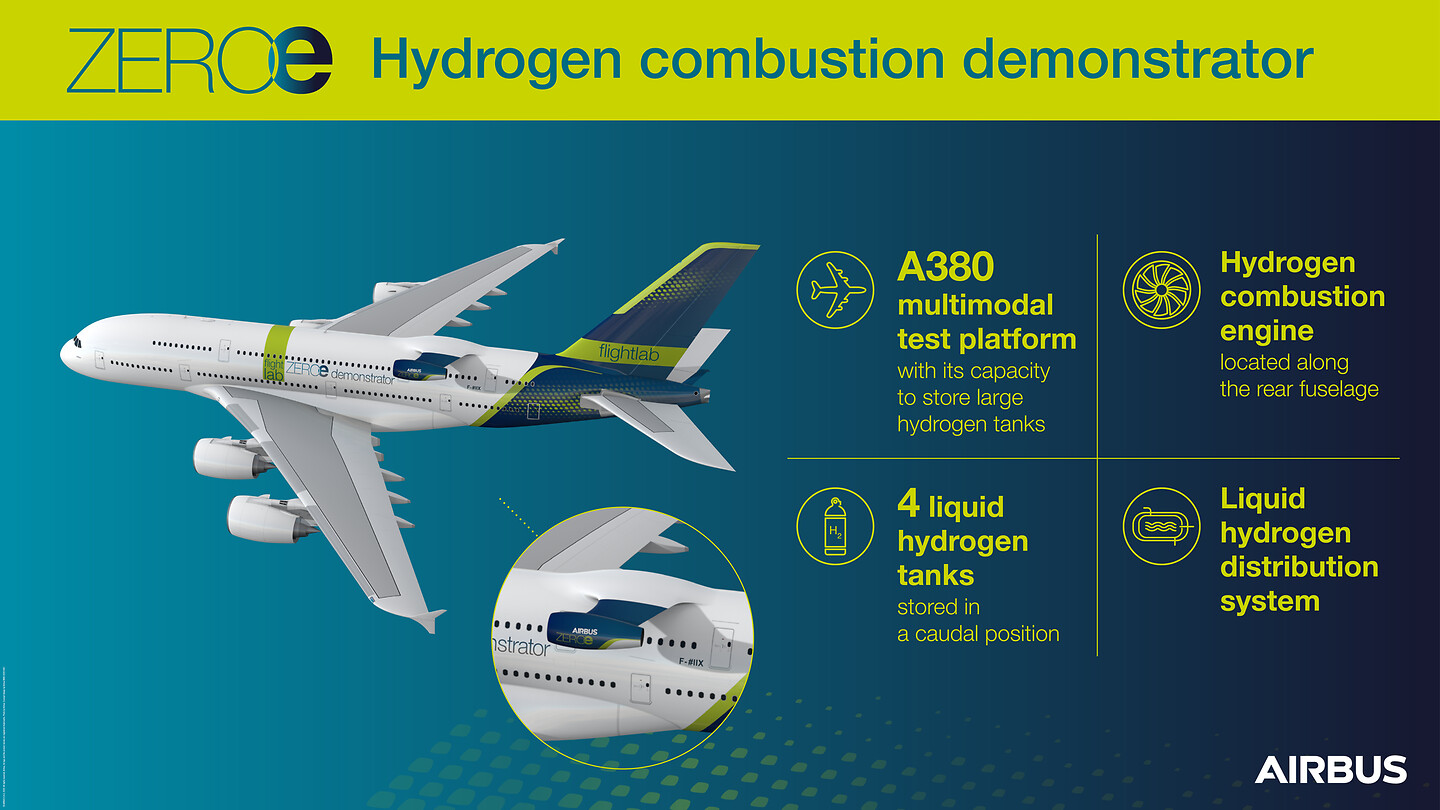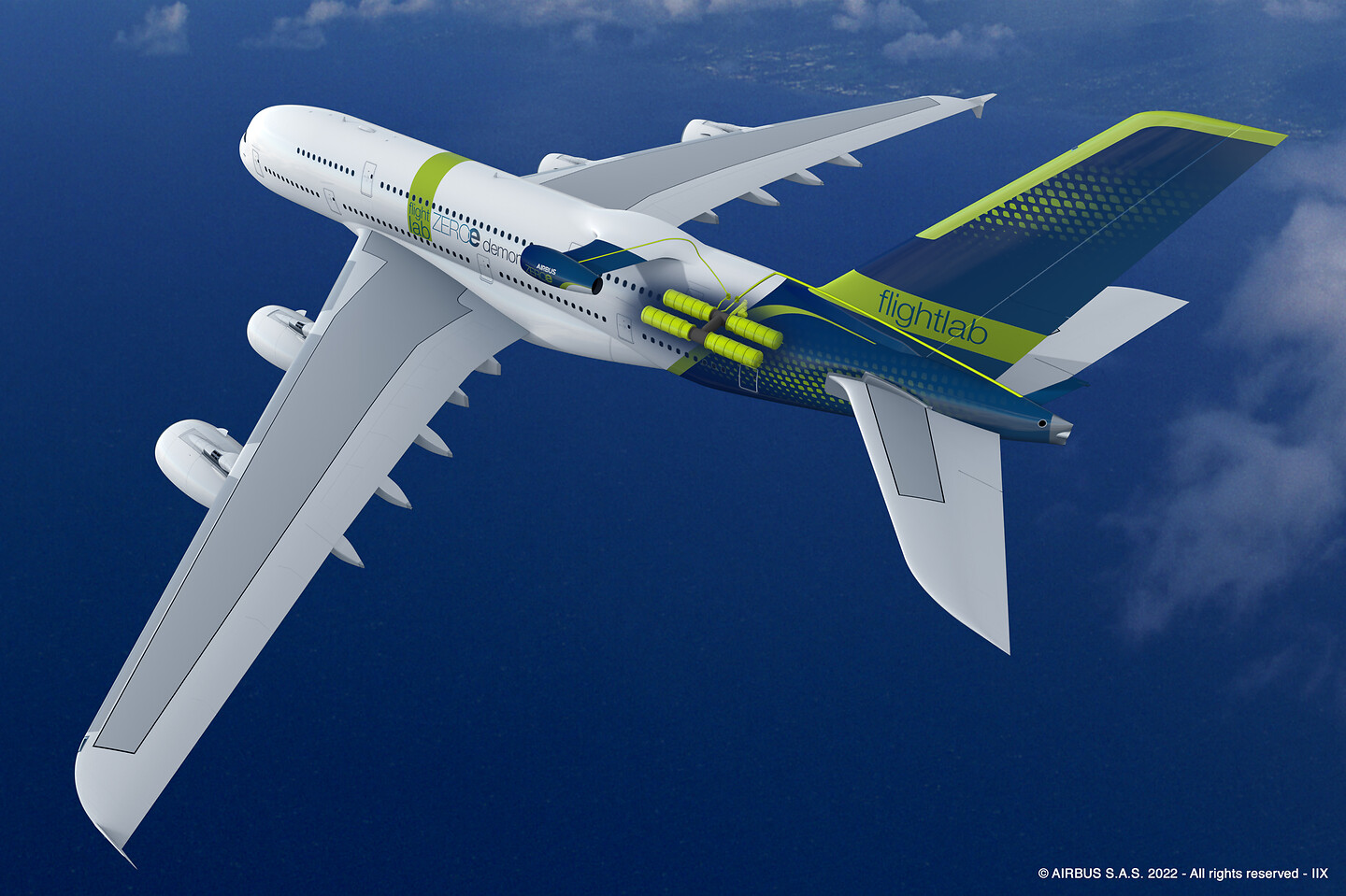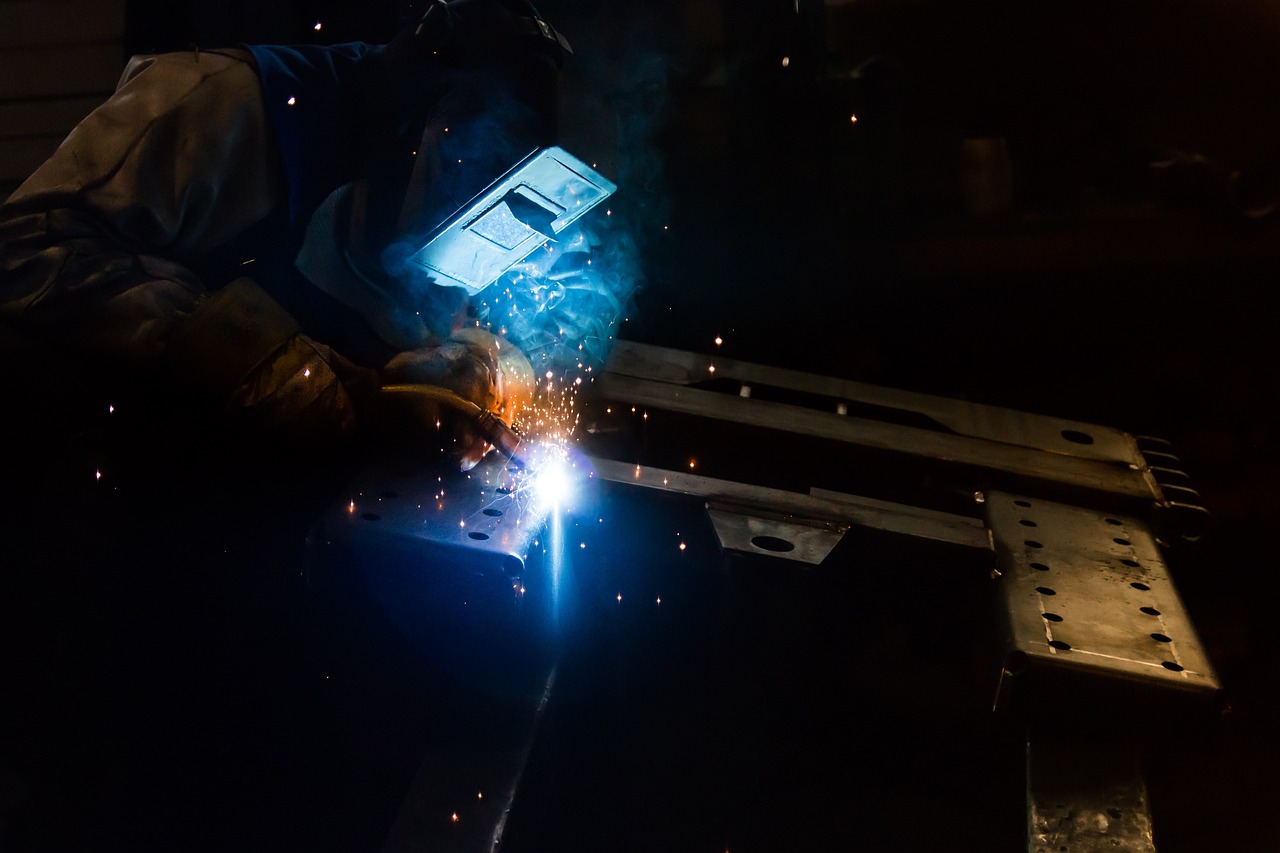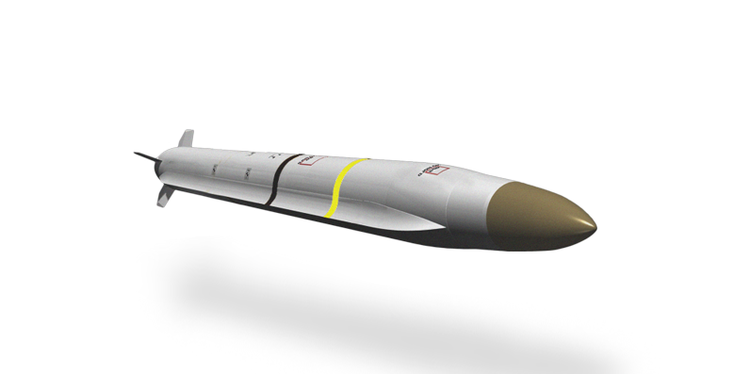Airbus wants to be the first aircraft manufacturer to have a hydrogen-burning plane circling the globe before 2035. In this effort, they have completed the first test flight of a specially configured A380 that features a hydrogen combustion engine.
The test flight lasted for four hours and fourteen minutes, during which Airbus’ engineers collected precious technical data that will be used for performance analysis and optimizations of the flight testbed. The A380 reached an altitude of 35,000 feet and was tested on a wide range of power settings with great success.
The aircraft stored four liquid hydrogen tanks vertically, a pioneering fluid distribution system, and a hydrogen-burning engine positioned along the rear fuselage. As such, for this first test, the role of the engine was auxiliary and not vital to the flight, but it still served as a demonstration and proof of concept.

The R&D project called ZEROe is propelled forward by a partnership between Airbus and CFM International, a 50/50 joint entity of General Electric and Safran Aircraft Engines, two leading experts in aircraft propulsion with incomparable collective experience. CFM is responsible for the modifications on the combustor, the fuel system, and the controls, while Airbus focuses on the rest.
The particular engine was selected for inclusion in the A380 testbed mainly for its physical size, advanced turbomachinery, and high-level fuel flow capability. Simply put, the engine has to be able to fly the plane on itself for testing purposes, even if that ensues for short periods.
ZEROe proves that the dream for zero-carbon flying isn’t futile or based on empty marketing promises. The work to achieve the leap into a new age is already underway, and Airbus’ engineers are working feverishly to be the force that brings the dawn of a new era in the aviation industry.







